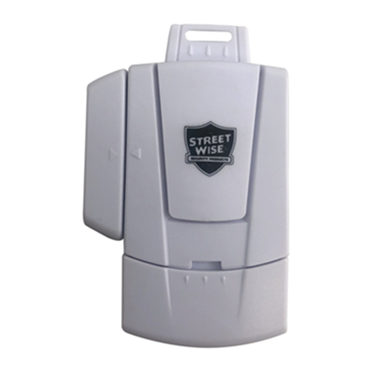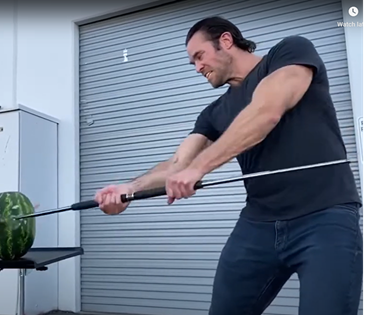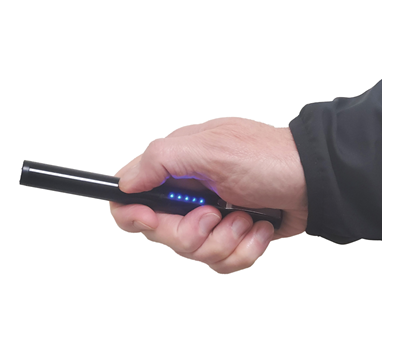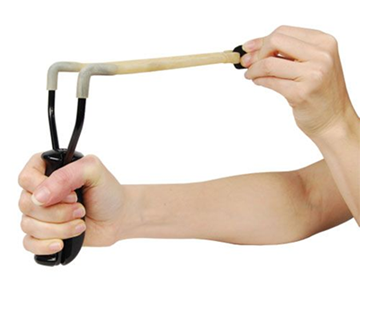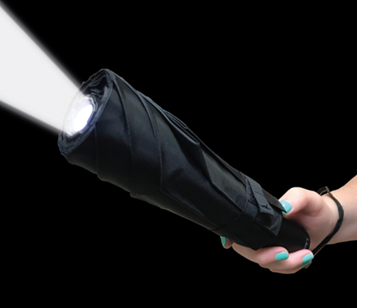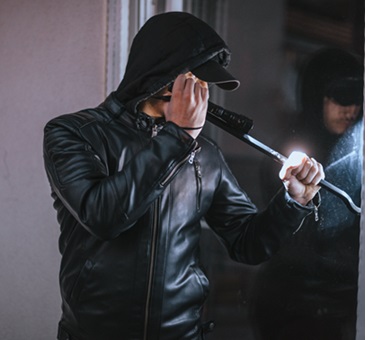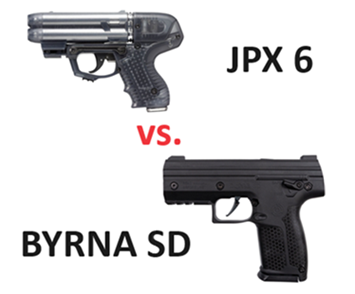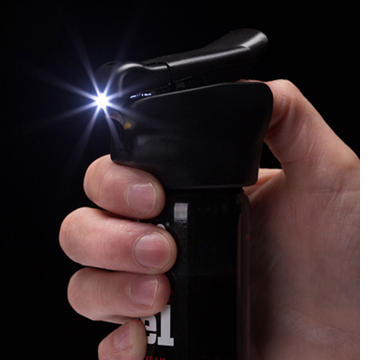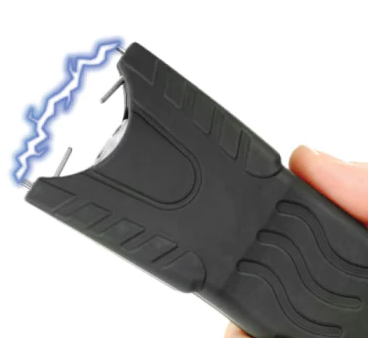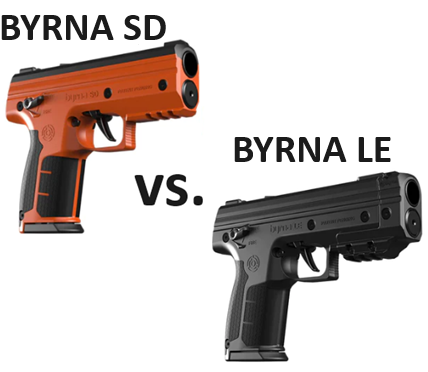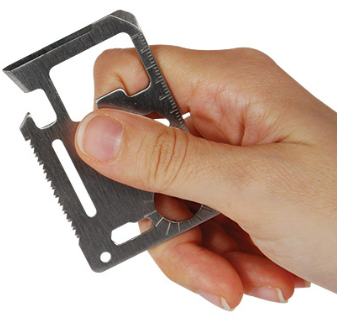The Ultimate Guide to OTF (Out the Front) Knives
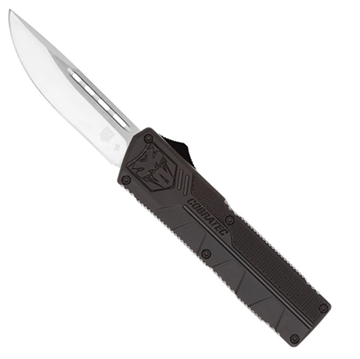 OTF knives, also known as out-the-front knives, are becoming increasingly popular among knife enthusiasts and collectors. These unique knives offer several advantages over traditional folding knives, including faster deployment, easier one-handed operation, and a sleek design that sets them apart from other types of blades. In this guide, we will explore everything you need to know about OTF knives, including their history, mechanics, benefits, drawbacks, and how to choose the right one for your needs.
OTF knives, also known as out-the-front knives, are becoming increasingly popular among knife enthusiasts and collectors. These unique knives offer several advantages over traditional folding knives, including faster deployment, easier one-handed operation, and a sleek design that sets them apart from other types of blades. In this guide, we will explore everything you need to know about OTF knives, including their history, mechanics, benefits, drawbacks, and how to choose the right one for your needs.
History of OTF Knives
The concept of an out-the-front knife has been around since at least the early 20th century, with patents being filed in both Germany and the United States for various designs. However, it wasn't until the late 1990s that OTF knives started gaining popularity, thanks largely to Michael Walker, who designed and manufactured some of the first modern OTF knives under his company Microtech. Since then, many manufacturers have embraced this innovative mechanism, leading to a wide variety of styles and options available today.
Mechanics of OTF Knives
An OTF knife is characterized by its sliding or pivoting blade that deploys through the front of the handle rather than swinging out from the side like most folding knives do. There are two main types of OTF mechanisms: double-action and single-action.
Double-Action OTF Knives: A double-action OTF knife features a blade that can be deployed and retracted using the same button or lever on the handle. When the user presses the button, the internal spring system propels the blade forward, locking it into place when fully extended. To retract the blade, simply press the button again, which releases the tension on the spring, allowing the blade to slide back into the handle.
Single-Action OTF Knives: Single-action OTF knives only allow for manual retraction of the blade after it has been deployed via the button or lever. This means that once the blade is extended, users must manually push it back into the handle before they can use the release mechanism to close the knife completely.
Benefits of OTF Knives
There are several reasons why OTF knives have become so popular among knife enthusiasts:
-
Fast Deployment: One of the primary advantages of an OTF knife is its quick deployment time compared to traditional folding knives. With just a simple press of a button, the blade shoots out, ready for use almost instantly.
-
Easy One-Handed Operation: Many OTF knives are designed for easy one-handed operation, making them ideal for situations where you may not have both hands free.
-
Sleek Design: The slim profile and minimalistic design of OTF knives make them aesthetically pleasing and perfect for everyday carry (EDC). They can easily fit into pockets, purses, or backpacks without causing any bulkiness or discomfort.
-
Durability: Due to their solid construction and lack of moving parts exposed to external elements, OTF knives tend to be more durable than traditional folding knives.
Drawbacks of OTF Knives
While there are numerous benefits to owning an OTF knife, there are also some potential drawbacks to consider:
-
Legal Restrictions: Some states and municipalities have strict laws regarding the possession and carrying of automatic knives, including OTF knives. It's essential to familiarize yourself with local regulations before purchasing or carrying an OTF knife.
-
Maintenance: OTF knives require regular cleaning and lubrication to ensure smooth operation and longevity. Failure to maintain these knives properly could result in malfunctions or decreased performance over time.
-
Cost: High-quality OTF knives can be quite expensive due to their complex mechanical components and intricate manufacturing processes. While budget-friendly options are available, they may not offer the same level of durability and reliability as higher-end models.
How to Choose the Right OTF Knife
When selecting an OTF knife, consider the following factors:
-
Blade Material: Look for high-quality steel materials such as stainless steel or D2 tool steel, which provide excellent edge retention and corrosion resistance.
-
Handle Material: Ergonomic handles made from materials like aluminum, titanium, or G10 offer a comfortable grip and long-lasting durability.
-
Mechanism Type: Decide whether you prefer a double-action or single-action mechanism based on your intended usage and personal preferences.
-
Size and Weight: Consider the overall size and weight of the knife, ensuring it fits comfortably in your hand and suits your EDC requirements.
-
Price: Establish a budget range and stick to it while browsing different OTF knives, keeping in mind that quality often comes at a premium price point.
Conclusion
OTF knives offer a unique blend of style, functionality, and convenience that makes them highly desirable among knife aficionados. By understanding their history, mechanics, benefits, and drawbacks, you can make informed decisions when choosing the right OTF knife for your collection or everyday carry needs. Always remember to follow local laws and regulations regarding automatic knives and prioritize proper maintenance to ensure optimal performance and longevity.
See cost of OTF Knives

